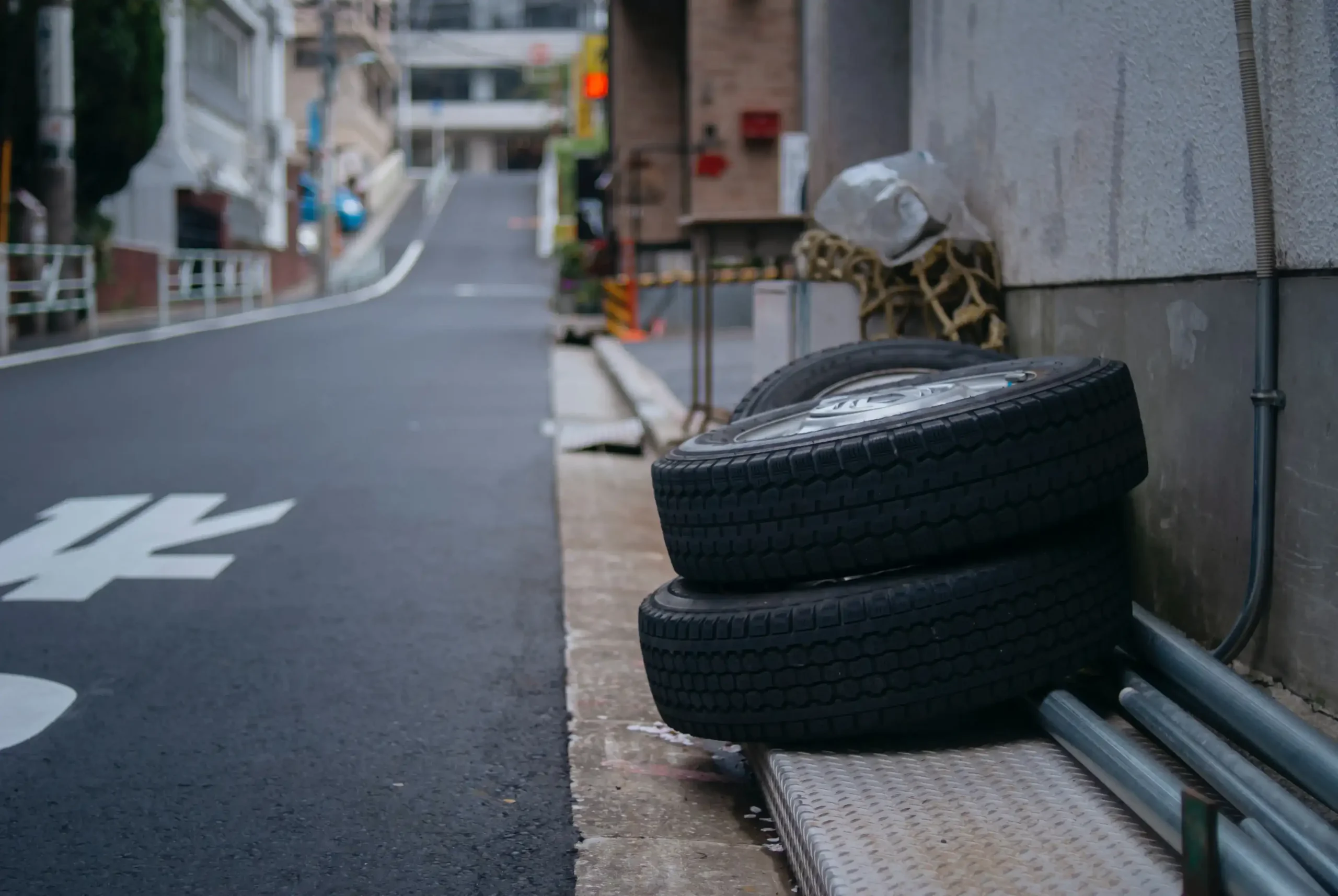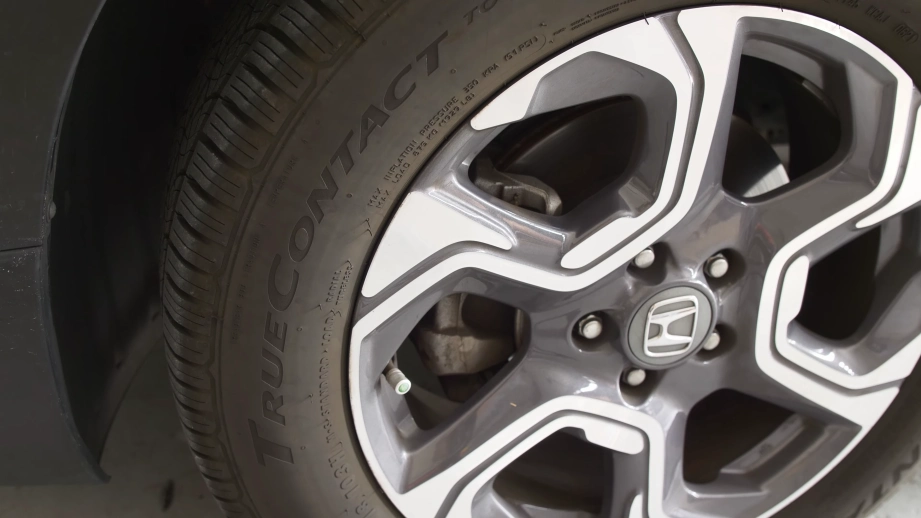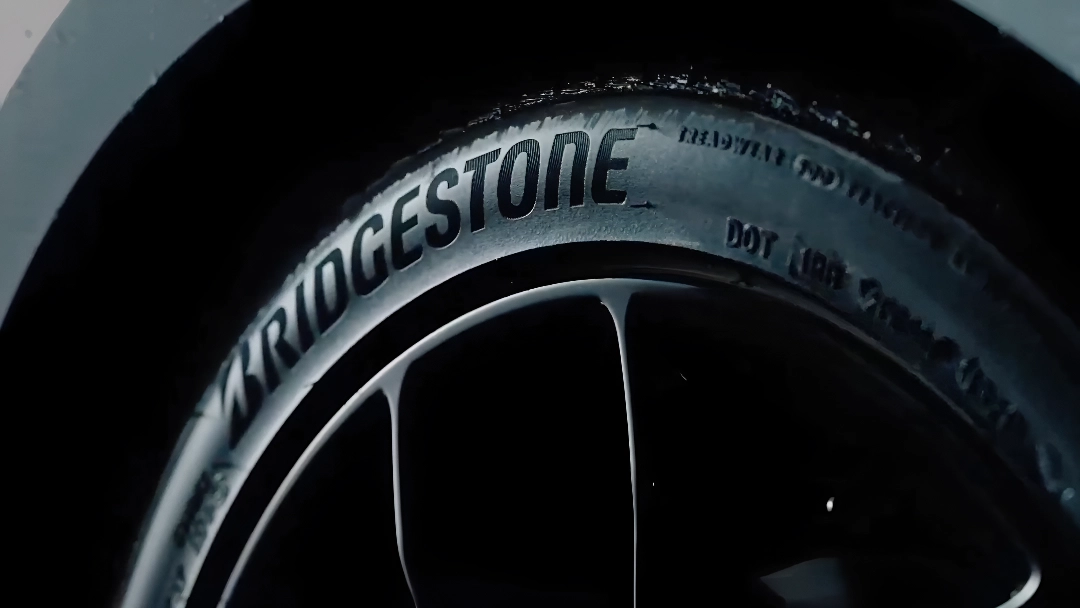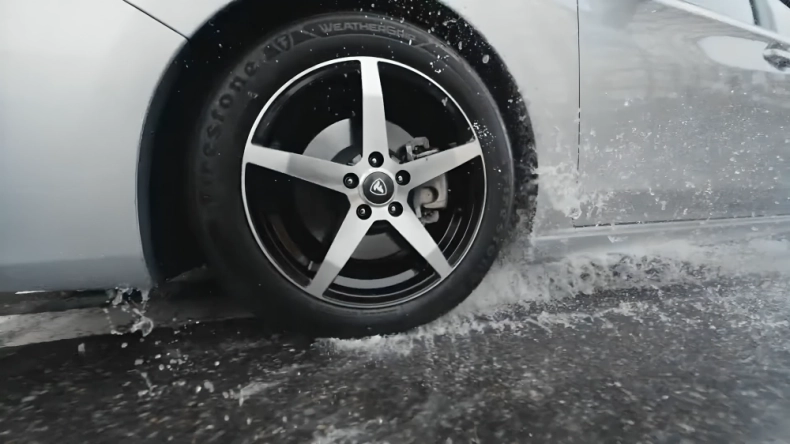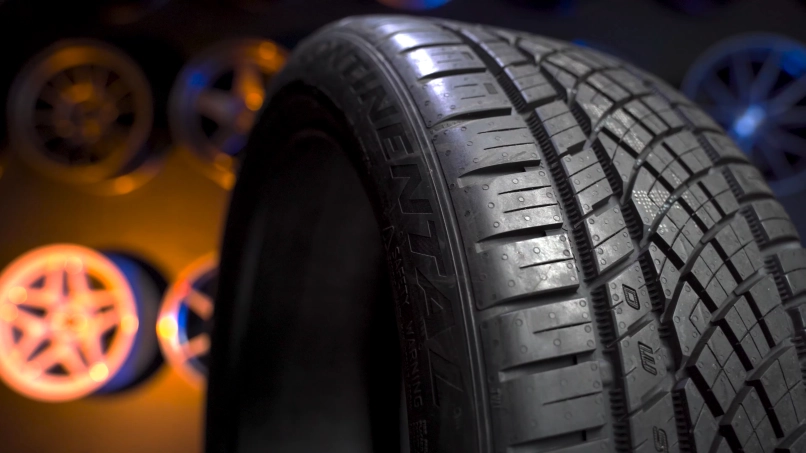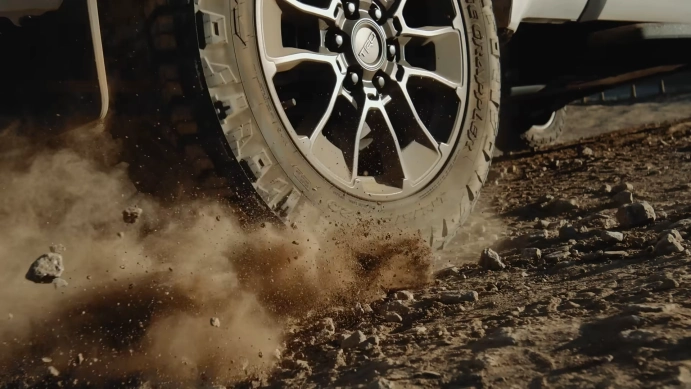The ply of a tire plays an essential role in its performance, load-carrying capacity, and durability. It means the number of fabric layers used in tires. 10-ply and 12 ply are two common options for heavy-duty applications. But which one is the best between these two?
Both tires are suitable for different conditions. 10-ply tires, classified as “E” load range tires, are cheaper and ensure comfort and smooth riding. Also, these tires are more fuel efficient and quieter. On the other hand, 12-ply tires fall under the category of “F” load range tires, are durable, best for hauling and towing, and long-lasting. These are a bit more expensive than 10-ply tires.
I will explore the differences, benefits, and drawbacks of both tires. It will help you choose your next tire. Let’s start the discussion.
What Is Ply Rating?
Ply rating represents the number of fabric layers applied in the construction of a tire. Previously, it was used to describe the tire’s strength and load-carrying capacity. The tires with more ply were considered robust and more load-carrying.
However, adding more ply to strengthen a tire is unnecessary in modern manufacturing. Therefore, a 10-ply tire, which consists of ten layers of rubber, does not require further strengthening. However, mentioning the ply number can still be helpful in explaining the tire’s load-carrying capacity.
How Does Tire Ply Rating Compare To Tire Load Range?
Tire ply rating and tire load range come into consideration when calculating a tire’s load-carrying capacity. So, most of us think they are identical, but they are not. Both have different specifications. Tire ply rating is most often used for the number of layers of fabrics used in a tire.
The tire load range is a code representing the tire’s load-carrying capacity. The tire load range considers factors such as tire size, inflation pressure, and load index when calculated. So, a tire with a high ply rating and higher load range is considered for heavy-duty applications.
Quick Comparison Chart – 10 ply VS 12-ply tires
| Highlighted Features | 10-ply tires | 12-ply tires |
| Costs | Affordable | Costly |
| Fuel Economy | Excellent | Good |
| Quietness | Excellent | Good |
| Comfort | Excellent | Good |
| Performance | Excellent at smooth roads | Excellent at rough roads and heavy-duty applications |
| Load Capacity | Lower | Higher |
| Tread life | Shorter | Longer |
| Weight | Lighter | Heavy |
| Hauling and towing | Not good | Excellent |
10-Ply And 12-Ply Tires – Key Differences
Costs
Cost is an essential factor to compare. Both tires have great qualities, but the 12-ply tires cost more than the 10-ply tires. They are costly because of their better load-carrying capacity and strength. While 10-ply tires can also be a good choice at reasonable prices, 12-ply tires are an expensive but excellent alternative.
Better Fuel economy
The tire’s ply rating also impacts the fuel economy. Here, 10 ply tires are the winners. They are lighter and have fewer layers, so they require less energy to move. So, you may find the 10-ply tires helpful in improving fuel economy better than 12-ply tires.
Quietness
When compared to quietness, 10 ply tires are preferable to 12-ply tires. 10-ply tires are designed to ensure a smooth riding experience, provide comfort and minimize road noise. 12-ply tires may produce more noise due to heavy material, friction, and size.
Comfort
In terms of comfort, 10 ply tires are better than 12-ply tires. 10-ply tires tend to provide better comfort due to their softer sidewalls. The softer sidewalls offer increased flexibility and shock absorption. 12-ply tires also come with shock absorption features, but they are less effective than 10-ply tires.
Performance
Overall, both tires offer better performance. However, because of the differences in their features, they are suitable for various situations. 10-ply tires provide good traction, handling, and stability on smoother roads. While the 12-ply tires are better performers when carrying heavy loads, towing, hauling, or driving on rough roads.
Load Capacity
10-ply tires have good load-carrying capacity, but 12-ply tires are the winners. They are developed to carry heavy loads and deal with heavy-duty applications such as towing, hauling, or other professional tasks. 10-ply tires cannot support a heavy load as effectively as 12-ply tires.
Weight
Tires’ weight also impacts the performance of the tire in different conditions. 10-ply tires are lighter in weight compared to 12-ply tires. They may perform well with low-power vehicles or on smooth roads.
They may run faster than the 12-ply tires. Due to the additional material, 12-ply tires are heavier but might work well for heavy-duty tasks or on rough roads. They ensure better stability due to heavy weight.
Tread life
In the tread life comparison, 12 ply tires are the winner. They are robust and offer better load capacity. So they are designed to perform well in harsh conditions. They have better strength than 10 ply tires against challenging conditions. Such features make 12 ply tires tread life longer than 10-ply tires.
Hauling and towing
For hauling and towing purposes 12 ply tires are better than 10-ply tires. 12-ply tires are designed to handle heavy-duty assignments such as hauling and towing. 10-ply tires may prove a poor performer for hauling or towing.
Key Benefits of 10-Ply
- Cheaper than 12-ply tires
- Ensure more comfort while driving
- Perform excellent on smooth roads
- Improves fuel economy
- Reduce road noise
Are 10-Ply Tires Cheaper Than 12-Ply Tires?
Yes, 10-ply tires are cheaper than 12-ply tires. They have fewer layers, are lighter, and can carry less weight than 12-ply tires. So, less material is needed to manufacture them, making them cheaper.
Do 10-ply tires improve fuel economy?
Yes, they might contribute to increased fuel efficiency. They are lighter and require less power to move. It may prevent excessive fuel use. However, fuel efficiency depends on fuel quality, engine performance, vehicle weight, and road conditions.
Are 10-Ply Tires More Comfortable Than 12-Ply Tires?
In general, 10-ply tires are known for providing a more comfortable ride compared to 12-ply tires. Their design is optimized for smoother movement and enhanced comfort.
Do 10-Ply Tires Perform Better Than 12-Ply Tires?
There is no definitive answer to this question because tire quality has a great influence on this matter. Anyhow, 10-ply tires are supposed to perform better in an everyday routine. They are good on smooth roads and perform better than 12-ply tires.
Do 10-ply tires are quieter than 12-ply tires?
Yes, 10-ply tires are quieter than 12-ply tires. They have low treads, less size, and a low contact area with the road surface. Rolling resistance is also lower in 10-ply tires than in 12-ply. So, they may produce less noise compared to 12-ply tires.
Key Benefits of 12-Ply
- 12-ply tires are more durable
- Offer better features for hauling
- Provides excellent capability for towing
- Perform better in challenging conditions than 10-ply tires
- They are long-lasting
Are 12-Ply Tires More Durable Than 10-Ply Tires?
12-ply tires are more durable than 10-ply tires. They are more sturdy than 10-ply tires because they have more layers and stronger material.
Are 12-Ply Tires Better For Hauling?
When it comes to hauling, 12-ply tires are better than 10-ply tires. 12-ply tires are specifically designed to handle heavy-duty tasks such as hauling. You can use them worry-free with any heavy-duty vehicle for hauling purposes.
Are 12-Ply Tires Better For Towing?
Yes, 12-ply tires are better for towing compared to 10-ply tires. Their heavy-duty material and robust design make them perfect for towing purposes. You can use them for towing worry-free. They can carry tons of loads.
Are 12-Ply Tires Better Working Man’s Tires Than 10-Ply Tires?
Yes, 12-ply tires are designed to handle challenging conditions. For working and professional purposes, they have more reliable features. They are robust, heavy, wider, larger, and a better load carrier than 10-ply tires.
Are 12-ply tires longer-lasting than 10-ply tires?
Yes, a 12-ply tire may last longer than a 10-ply. It is because of its better quality material, but it can vary. The life of a tire can be affected by different factors, such as road conditions, driving habits, material quality, and vehicle weight. There is a possibility that a 10-ply tire may last longer than a 12-ply tire if maintained well.
Which Is Better, 10-ply Or 12-ply Tires?
The answer depends on different factors. The overall performance of both tires is satisfactory compared to their prices. However, their differences may make one better than the other.
10-ply tires can be a good option if you are looking for cheaper, more comfortable, smoother, more fuel-efficient, and quieter tires. At the same time, the 12-ply tires can be the best if you are looking for heavy-duty applications such as towing, hauling, or driving on rough roads.
However, the 12-ply tires are more expensive than the 10-ply tires. If you have a low budget, you can survive better using 10-ply tires with some care and maintenance.
FAQs
Are 12-Ply Tires Puncture Resistant?
Yes, 12-ply tires offer high resistance against punctures and other wear and tear. Their heavy and high-quality material makes them more resistant to challenging conditions.
Will 10-ply Tires Last Longer?
Yes, 10-ply tires can last longer. They offer excellent resistance to challenging conditions. Generally, a 10-ply tire can last for 40000-80000 miles if handled carefully. With more care, you could increase its lifespan by another 20,000 miles.
How Much Weight Can 10-Ply Tires Handle?
The weight capacity of 10-ply tires can vary depending on their size and specific load rating. However, 10-ply tires can average handling weights ranging from approximately 2,500 to 4,000 pounds per tire.
How Much Weight Can 12-Ply Tires Handle?
12-ply tires can handle a weight of approximately 2,469 pounds per layer when inflated to 90 psi. They have a higher load capacity than 10-ply tires and can withstand higher air pressure. It makes them more durable and suitable for heavy-duty applications.
Conclusion
The decision between 10-ply and 12-ply tires ultimately depends on your individual needs and priorities. Higher-ply rating tires, such as 12-ply tires, are more durable and perform better in challenging conditions.
Low-ply rating tires, such as 10-ply, are the best for daily use. Whatever ply rating you choose, you must ensure proper care and maintenance to make your tires more efficient.

